
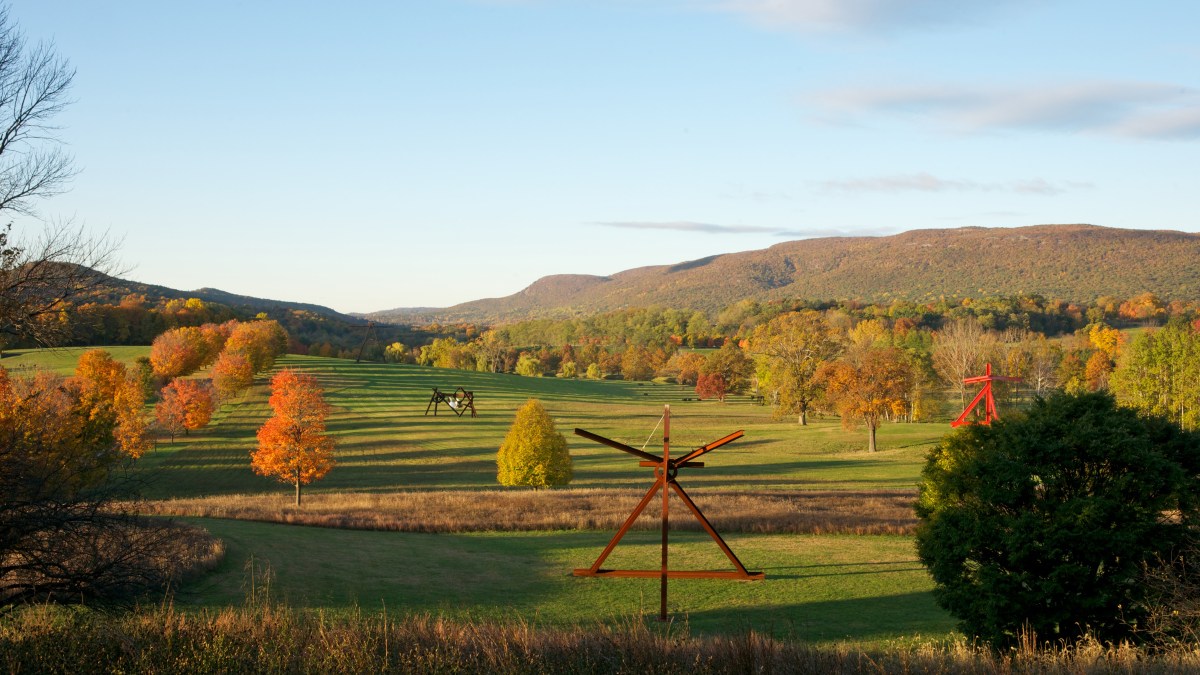
Storm King Art Center
New Windsor, NY
Considered one of the world’s foremost sculpture parks, Storm King features 100 works of art across 500 acres in the Hudson Valley. Large, abstract steel works like Mark di Suvero’s Pyramidium and Richard Serra’s Schunnemunk Fork both frame and transform the landscape while more playful works like Momo Taro by Isamu Noguchi invite interaction. “Noguchi says that there are two ways of proceeding as a sculptor,” co-founder H. Peter Stern told Harvard Magazine in 1999. “One is to plan what you’re going to do and then do it. The other is to create, and then see what you have done. Noguchi puts himself in the second category as an artist, and I’d say that’s the way we have created the art center.”
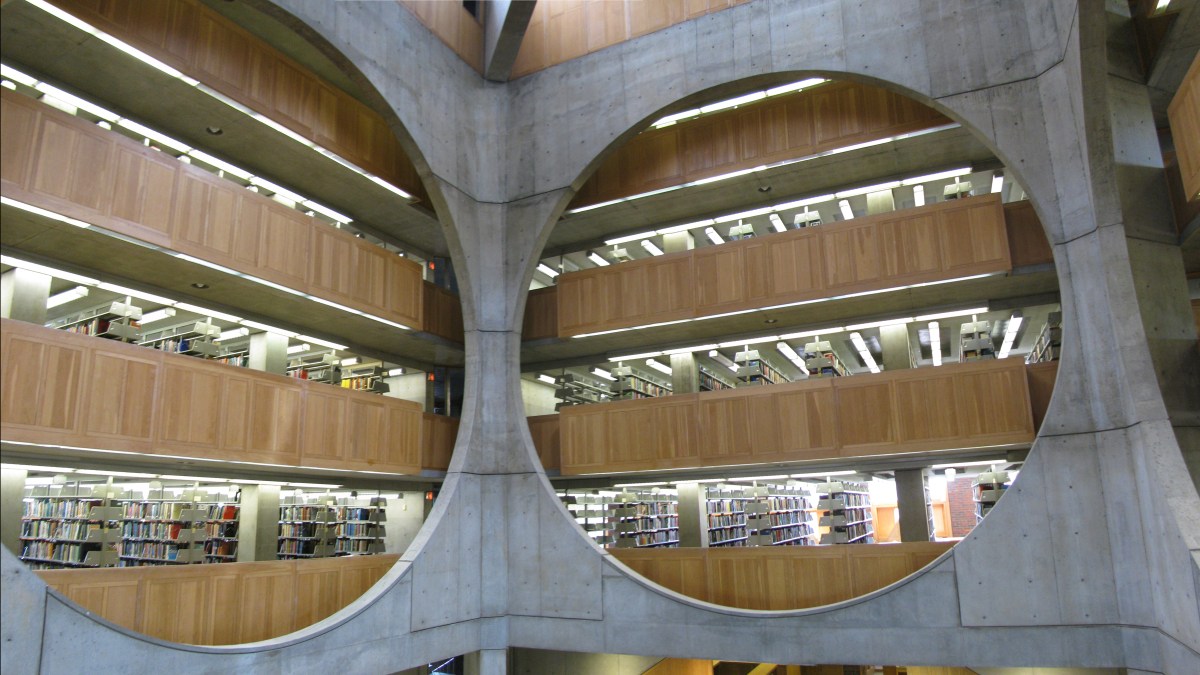
Phillips Exeter Academy Library
Exeter, NH
Architect Louis Kahn completed this library in 1971 at the tony prep school, where Rockefellers, du Ponts, and a Zuckerberg have spent their schoolboy days, to meet the school’s request that its “emphasis should not be on housing books but on housing readers using books.” A massive concrete plan of concentric circles, punctuated by bands of wood, gives the building a playful relationship with light and dark. Said to be the largest secondary school library in the world, the building was later awarded the American Institute of Architects’ Twenty-five Year Award as an “icon of cleanly articulated structure.”
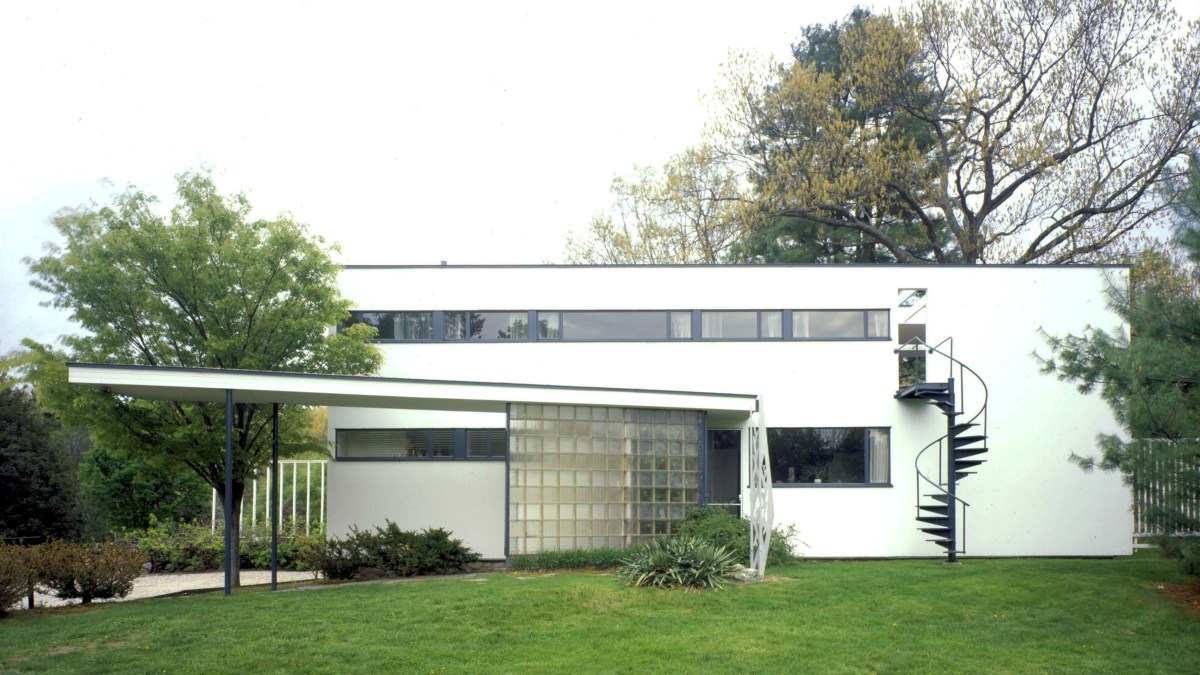
Gropius House
Lincoln, MA
The founder of the Bauhaus School, Walter Gropius, had an outsize influence on 20th-century design, popularizing a pared-down style across media. When Gropius left Nazi Germany and came to teach at Harvard Graduate School of Design, he built a home modeled on his own architectural principles. Completed in 1938, the residence combines traditional New England building materials with more modern staples, like glass block walls, and was considered revolutionary in its simplicity. Like all Bauhaus architecture, Gropius House was built for function as well as form: its design allows for passive solar heating, and its building materials were factory-made and standard-issue.
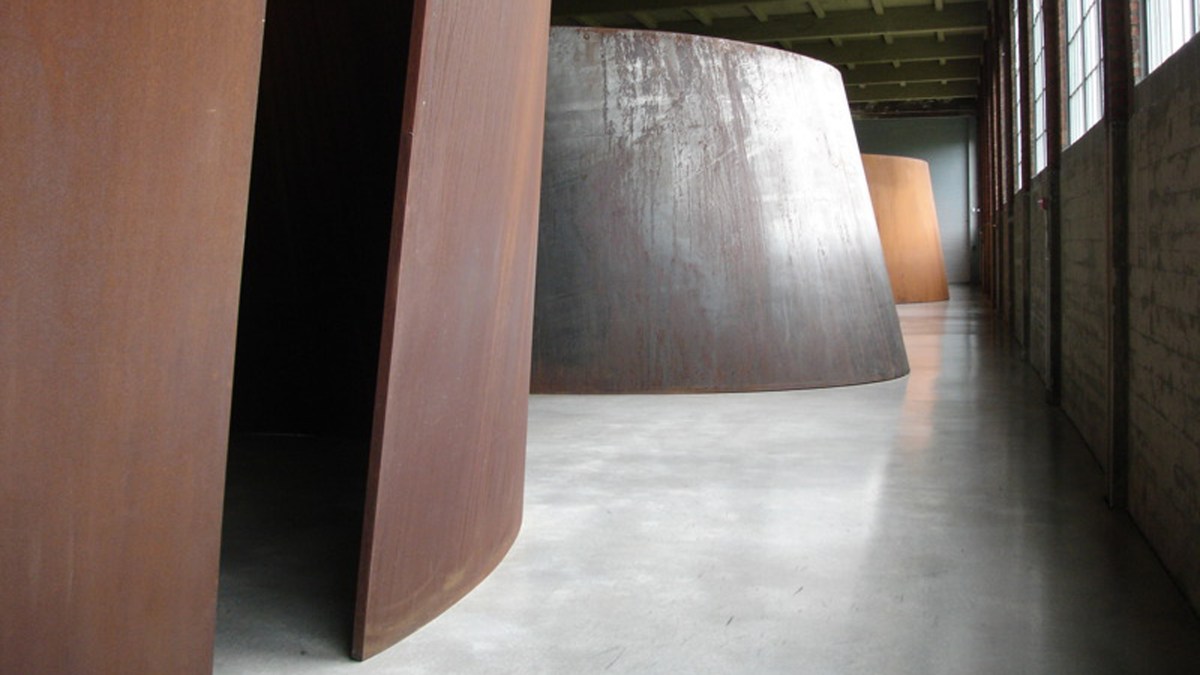
Dia:Beacon
Beacon, NY
Housing Minimalist, Post-Minimalist and Conceptual artworks from the 1960s to today, Dia:Beacon features top contemporary artists like Agnes Martin and Dan Flavin on long-term view. The museum building itself has unique, industrial origins: it’s a converted Nabisco factory, where snack boxes were once printed. Outside, visitors can wander in a garden designed by artist Robert Irwin (which he once called not a garden but a solution to a structural problem, “a passage, as well as a place of respite.”) The hour-and-half train ride is a favorite day trip for New Yorkers.
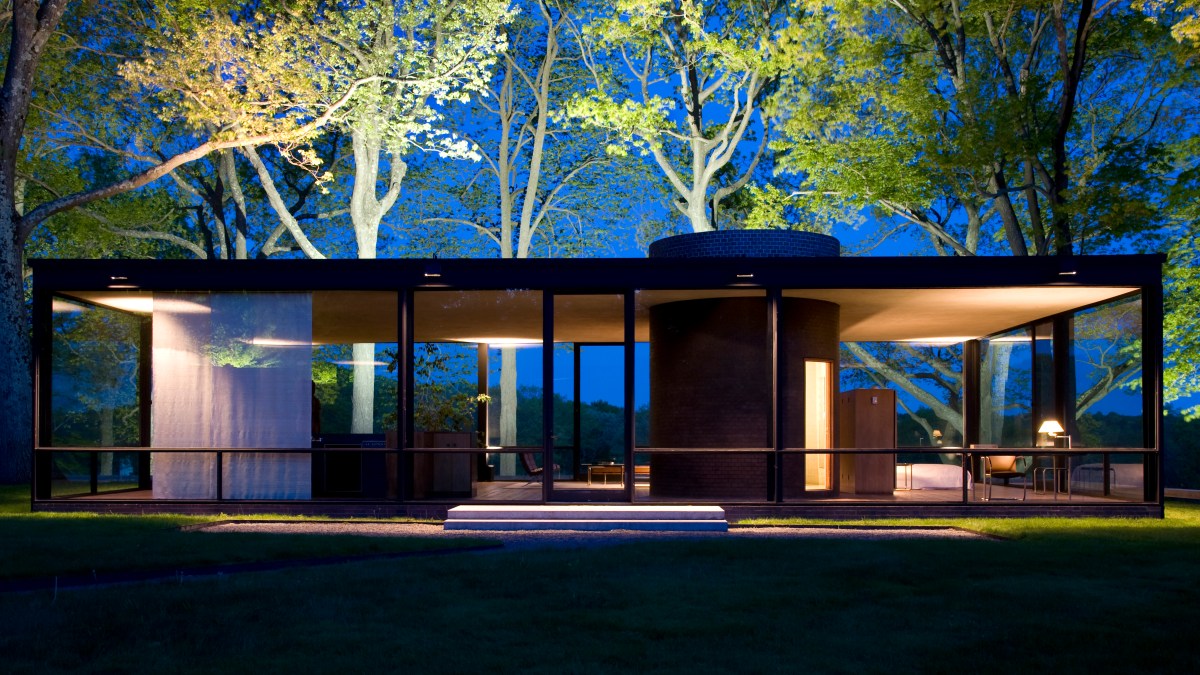
Glass House
New Canaan, CT
Inspired by the design for Mies van der Rohe’s Farnsworth House, Philip Johnson built his New Canaan residence in 1949, beating his future collaborator on the Seagram Building to the finish line by two years. An elegantly minimalist glass box, the home is accompanied by several other buildings including an underground painting gallery filled with works by his friends like Frank Stella, Robert Rauschenberg and Andy Warhol. Johnson often hosted students and mentors at Glass House for informal discussions on design. It continues to be an important pilgrimage site for architects.
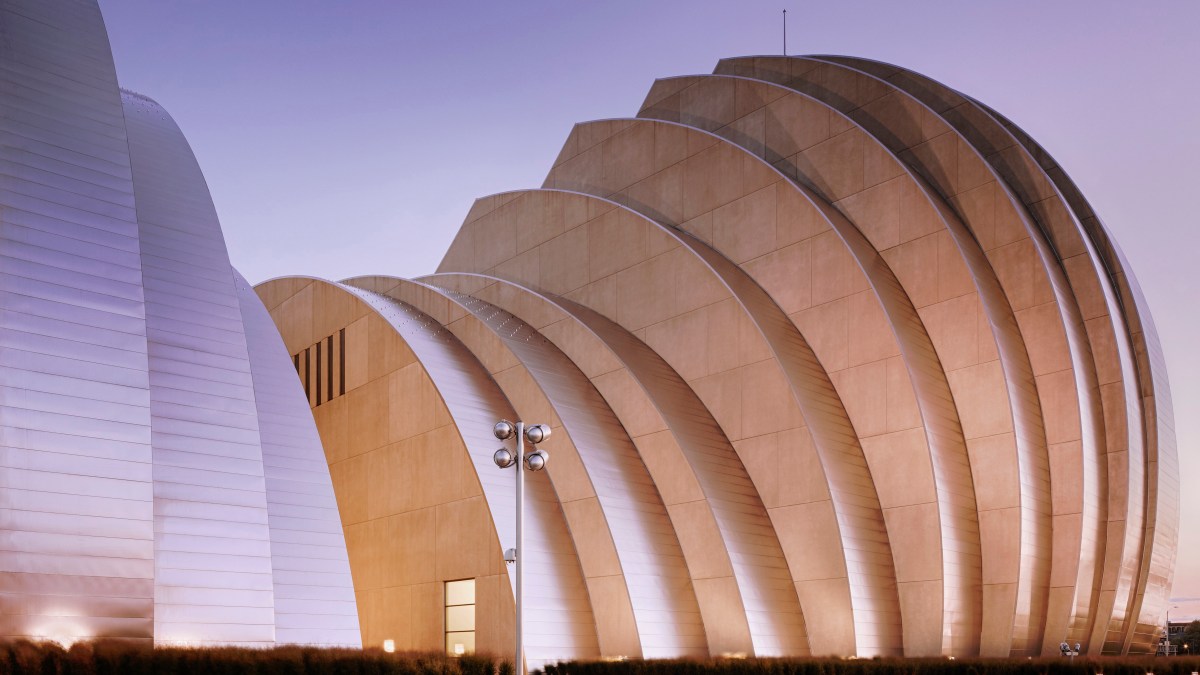
Kauffman Center for the Performing Arts
Kansas City, MO
The building, which is home to Kansas City’s symphony, opera and ballet, is formed by two clusters of concentric shells, blanketed in stainless steel over the performance spaces. The structure changes to glass over the lobby, providing visitors with a view of the city. Israeli-Canadian architect Moshe Safdie’s design touches on the iconic Sydney Opera House, Frank Lloyd Wright’s Guggenheim Museum and Frank Gehry’s Disney Hall. Together, these influences add up to a distinct whole and reflect the center’s Midwestern surroundings.
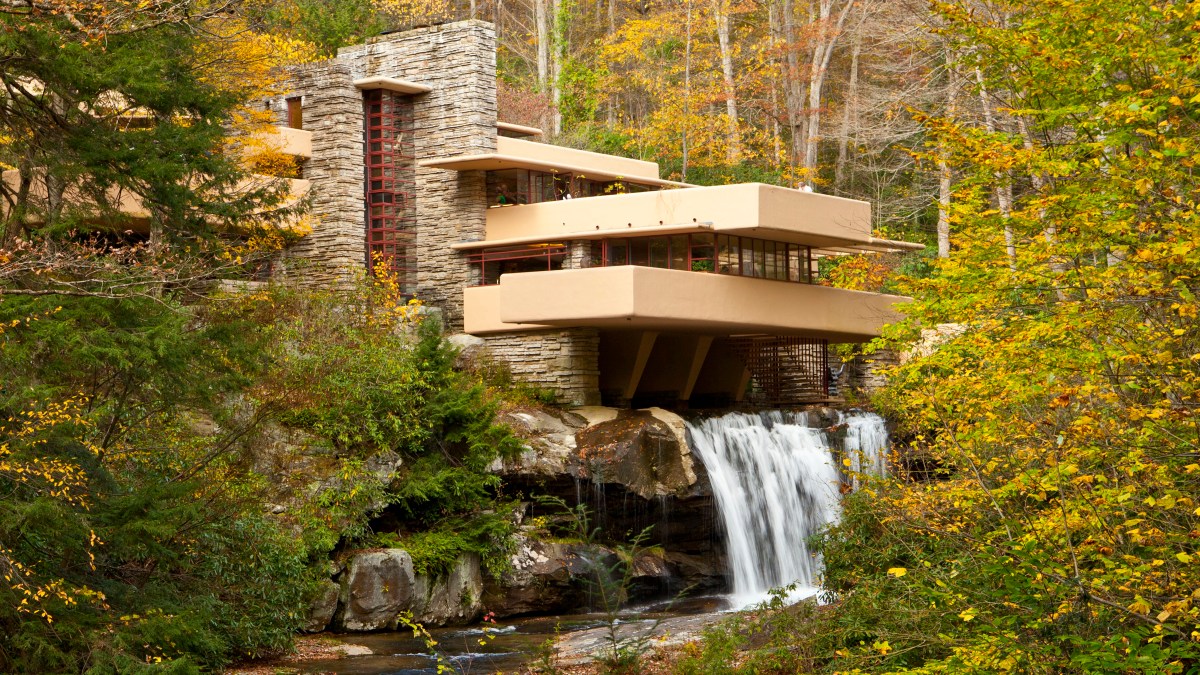
Fallingwater
Mill Run, PA
Frank Lloyd Wright’s masterpiece of home design, built in a cantilevered structure partly over a waterfall, was instantly lauded: three months after the construction finished, TIME featured the house on its cover. Like many of Wright’s homes, Fallingwater has a playful relationship with the outdoors and emphasizes natural horizontal lines. In 1991, the American Institute of Architects voted it the “best all-time work of American architecture.” Originally constructed as a weekend home for the Kaufmanns of Pittsburgh, it is the only Wright-designed house whose original furnishings and artwork remain in place.
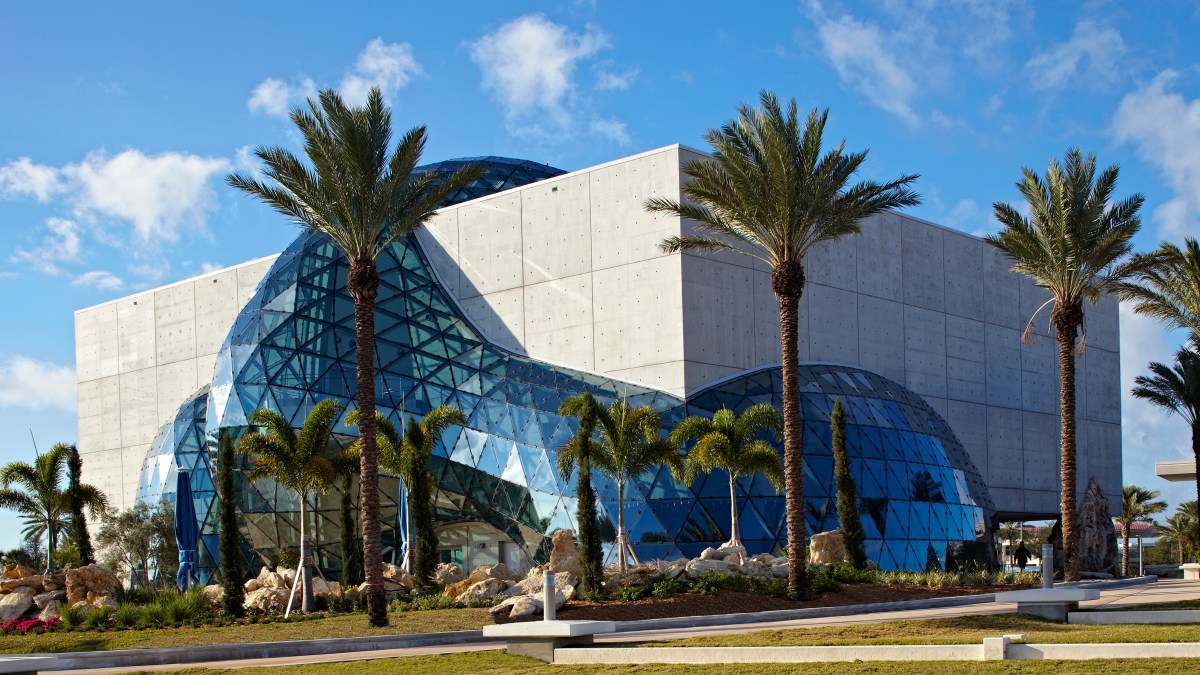
Salvador Dali Museum
St. Petersburg, FL
The largest collection of Salvador Dali’s artwork outside of Europe is housed in a hurricane-proof concrete box ringed by a wormlike glass dome that hints at the surrealism of the art it houses (and is inspired by the Dali Teatro-Museo in Spain). The museum’s oil paintings, drawings and sculptures are drawn from the entire span of the Spanish artist’s career, including noteworthy works like The Average Bureaucrat (1930), The Disintegration of the Persistence of Memory (1952-54) and The Hallucinogenic Toreador (1969-70).
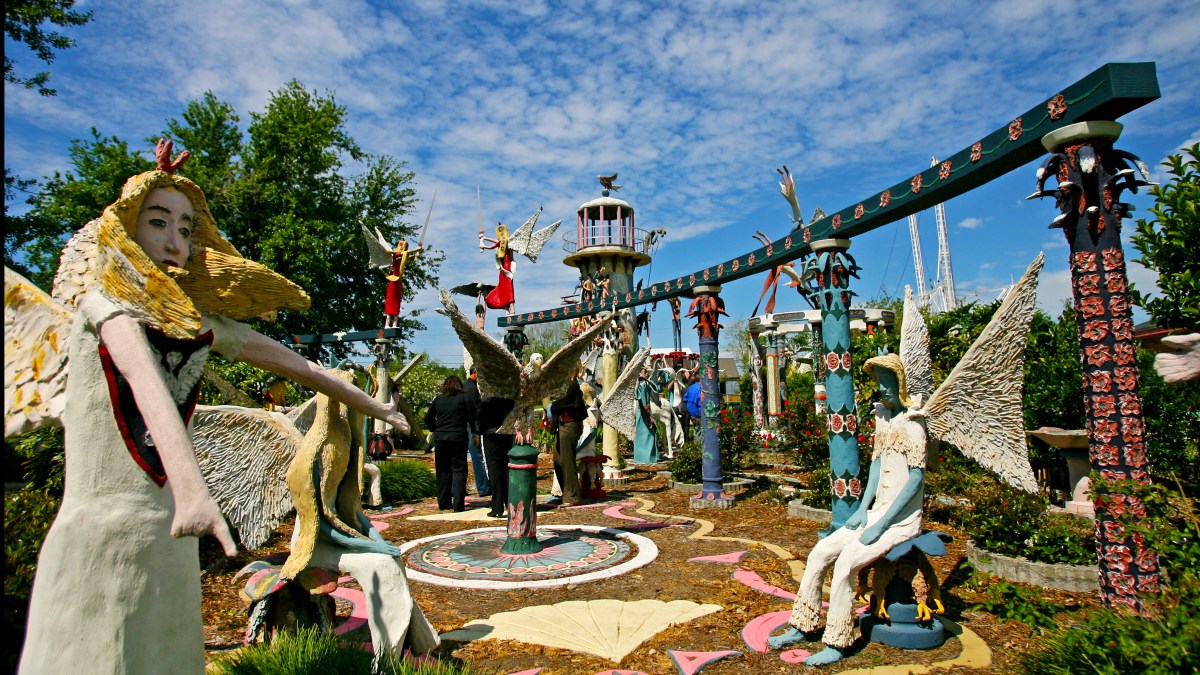
Chauvin Sculpture Garden
Chauvin, LA
Outsider artist Kenny Hill spent a decade on his rented Louisiana property constructing more than 100 folk sculptures, painting the figures in bright colors and placing his own likeness alongside those of God, angels, soldiers and cowboys. His largest work is a 45-foot-tall, 7,000-brick lighthouse covered in these anguished figures. After a spat with his landlord in 2000, the recluse left his land and abandoned his works. In 2002, the Kohler Foundation opened the in situ collection to the public, allowing for a dreamlike (if disturbing) trip through the bayou and one troubled man’s psyche.
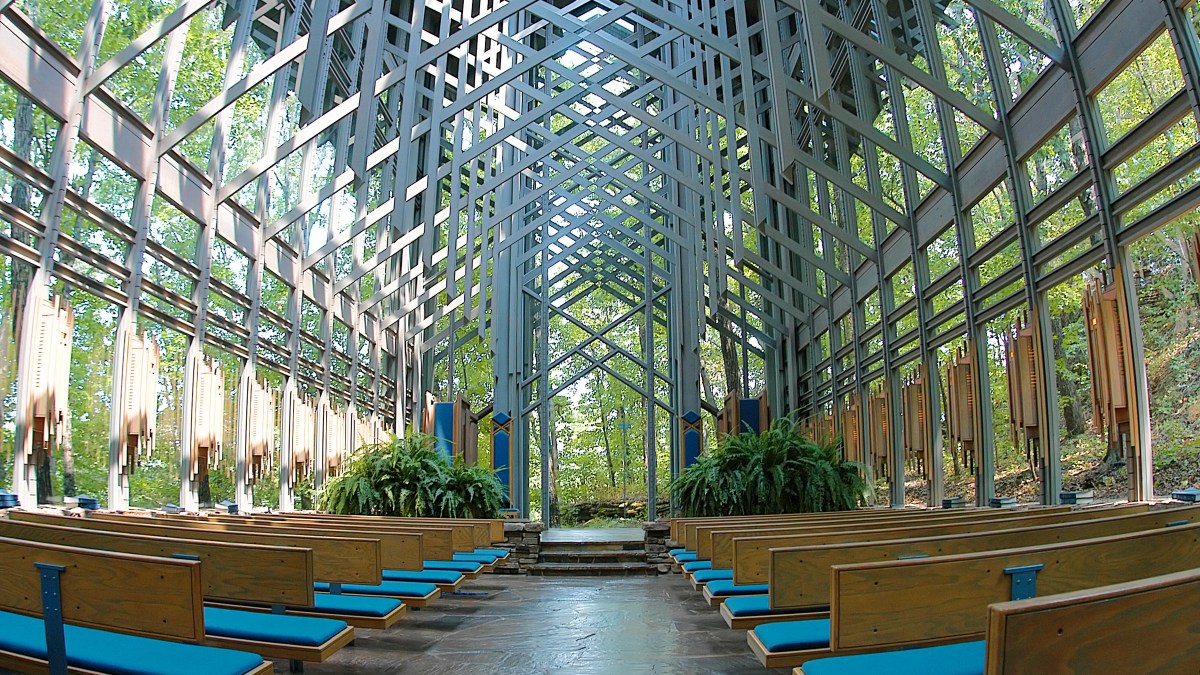
Thorncrown Chapel
Eureka Springs, AR
The 1980 Prairie School masterpiece is a solemn site for light and nature in the Arkansas woods. Inspired by the great chapels of Europe, the architect E. Fay Jones (an apprentice of Frank Lloyd Wright) inverted the heaviness of the Gothic greats in favor of a simple, rustic yet elegant structure. The church’s wooden ribs reach up to the sky in vertical lines that parallel the long, thin tree trunks outside the glass walls made of 425 windows. Support beams crisscross in the center of the nave to create an echoing pattern. Writing in 1982, TIME called the structure “[a]t once familiar and novel…built for wayfarers rather than a resident congregation.”
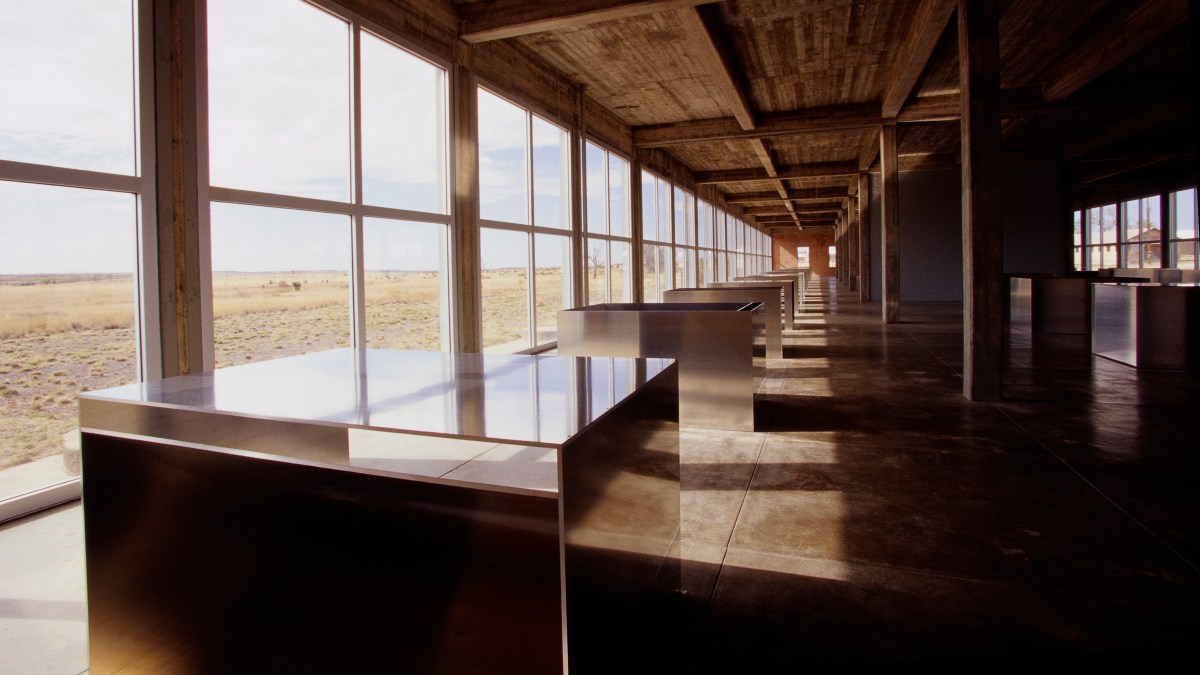
Chinati Foundation
Marfa, TX
Established in 1986, this contemporary art museum was originally intended to house the works of just three artists—founder Donald Judd, John Chamberlain and Dan Flavin—but soon expanded into a showcase for a handful of other artists’ large-scale installations. Each artist’s work is housed in its own building on the foundation’s 340 acres alongside a number of outdoor sculptures. “Most art is fragile and some should be placed and never moved again,” Judd wrote in Chinati’s first catalogue. “Somewhere a portion of contemporary art has to exist as an example of what the art and its context were meant to be.”
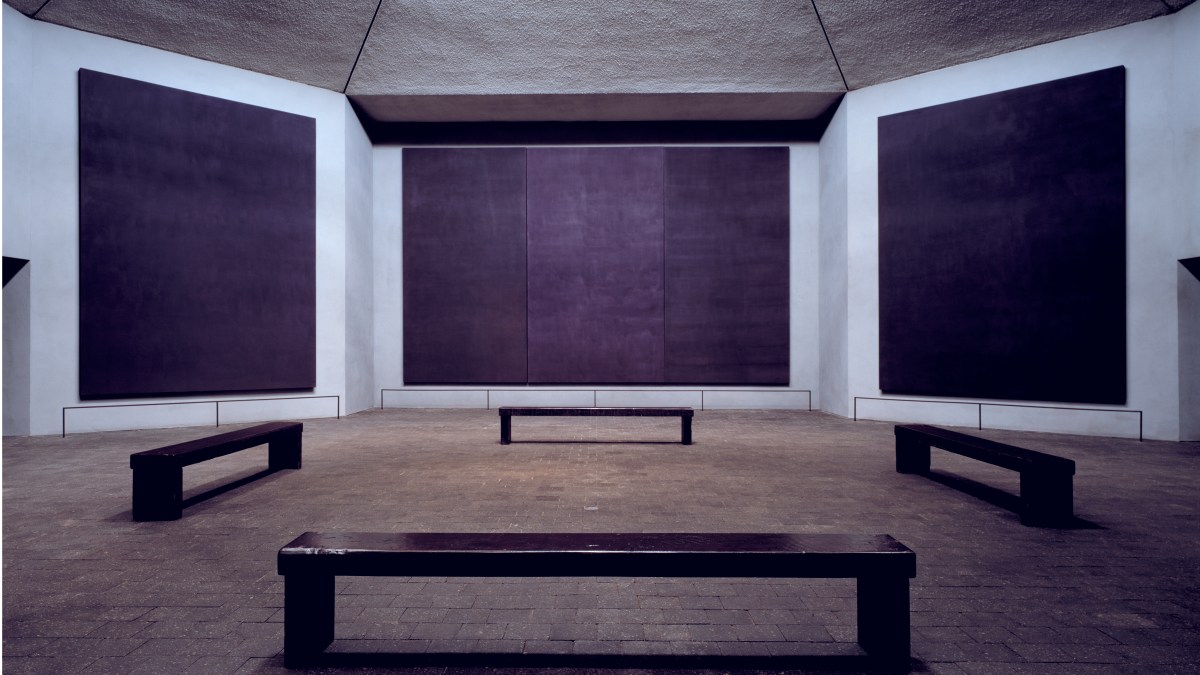
Rothko Chapel
Houston, TX
Legendary modern artist Mark Rothko was commissioned by Houston philanthropists John and Dominique de Menil to build this non-denominational chapel, completed in 1971, as a place of artful meditation. The eight interior walls are lined by 14 of the artist’s Color Field paintings ranging from deep plum to black, conceived specially for the location (though Rothko died in 1970 before he could see them installed). A sculpture by Barnett Newman, Broken Obelisk, stands outside in a reflecting pool. Cast in Corten steel (a material purposefully designed to rust), it is an inverted obelisk atop a pyramid, dedicated as a tribute to Dr. Martin Luther King, Jr.
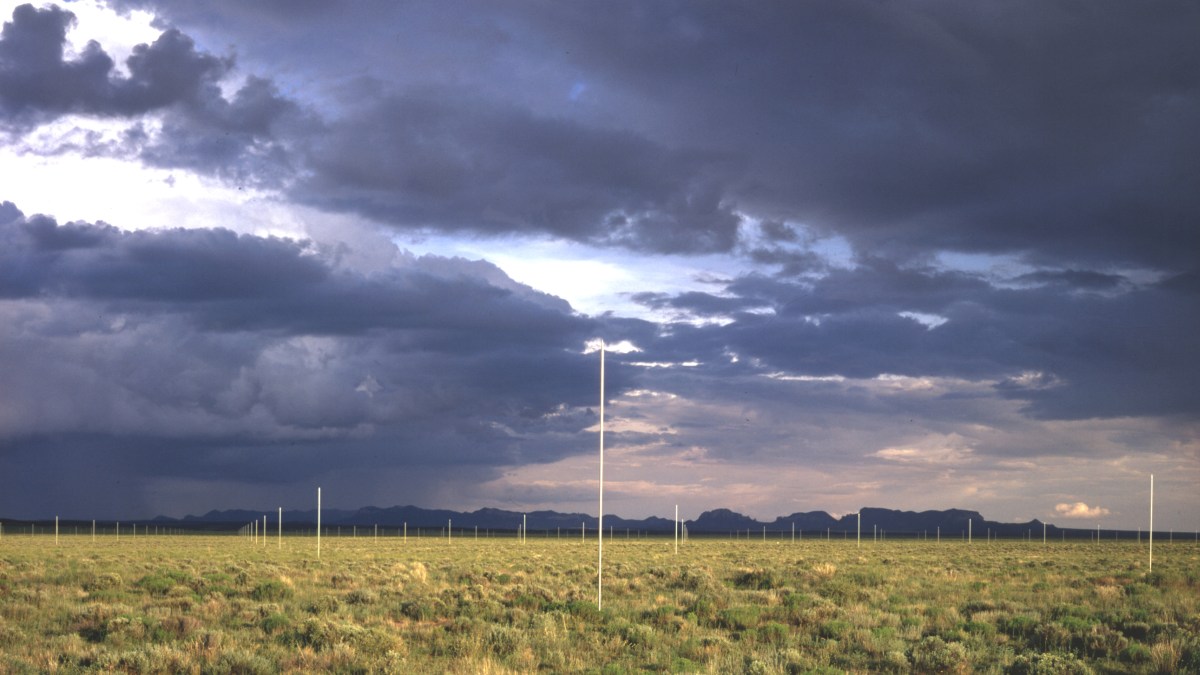
The Lightning Field
Western New Mexico
Walter De Maria’s 1977 work of Land Art occupies a remote area in the western New Mexico desert, dotting the barren landscape with 400 stainless steel poles. These poles—two inches in diameter and over 20 feet high—are situated in columns and rows equidistant from each other, in a grid that’s a mile wide and a kilometer long. Though the pointed tips atop each pole do invite electrostatic discharge, the Dia Art Foundation (which funds the installation) insists that enjoyment of the work does not depend on lightning striking. Visitors must reserve the cabin on the property for one night in groups no larger than six people to attend.
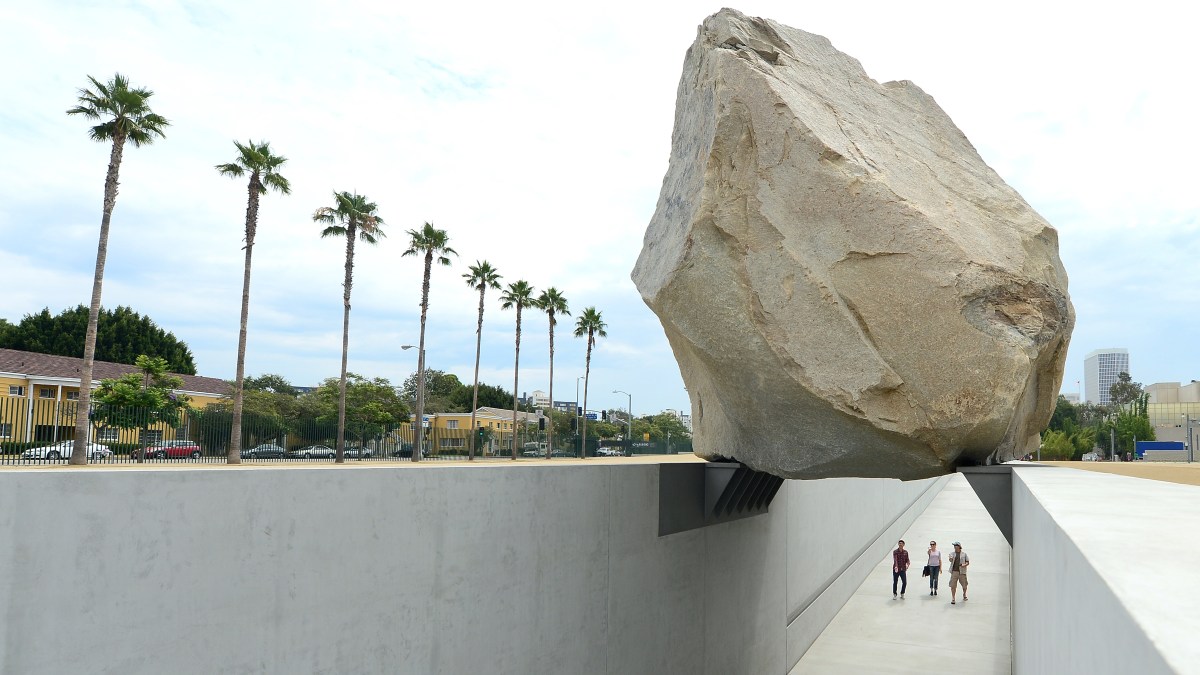
Levitated Mass
Los Angeles, CA
Located outside of the Los Angeles County Museum of Art (LACMA), Michael Heizer’s 2012 sculpture consists of a 340-ton granite boulder suspended over a trench in the earth 456 feet long. (It is securely bolted to the sides of the trench.) Visitors are invited to walk the length of the trench, passing under the monolith that casts varying shadows over the course of the day. “Taken whole,” LACMA says on its website, “Levitated Mass speaks to the expanse of art history, from ancient traditions of creating artworks from megalithic stone, to modern forms of abstract geometries and cutting-edge feats of engineering.” Heizer has said he intends the work to last 3,500 years.
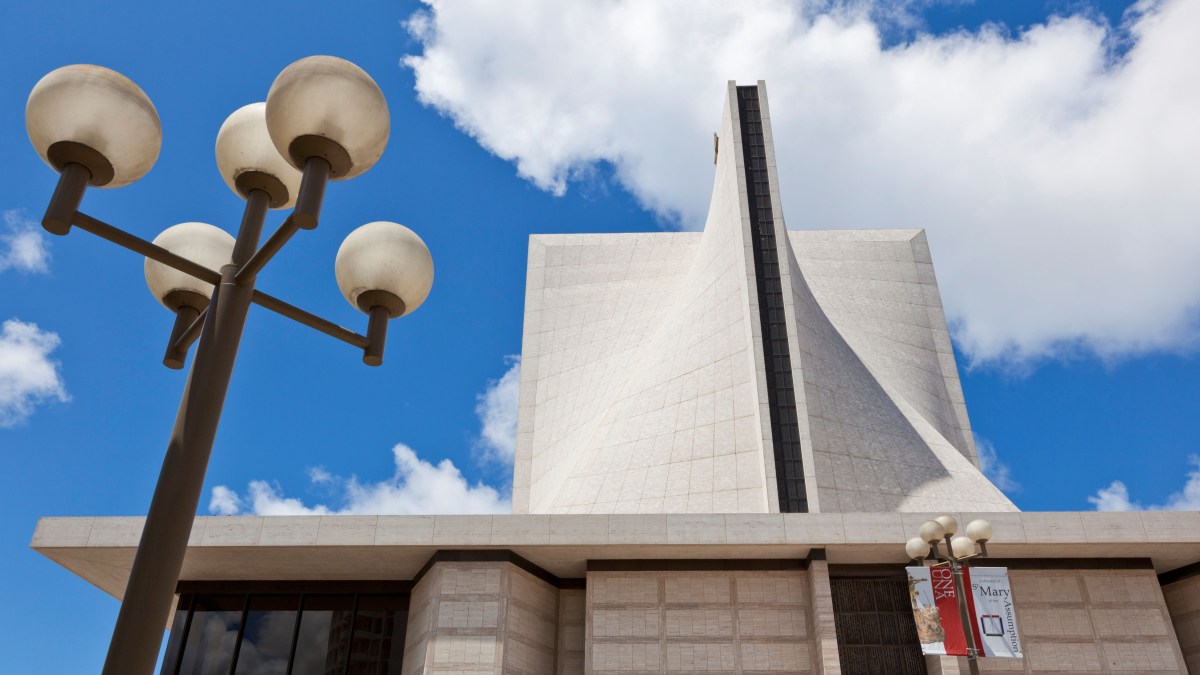
Cathedral of St. Mary of the Assumption
San Francisco, CA
In a futuristic feat of engineering, the cupola of St. Mary’s is composed of eight hyperbolic paraboloids that meet to form a cross from birds-eye-view. That cross is visible, too, from the inside of the cathedral when visitors look up: clerestory windows line the intersection, illuminating the upper realm of the 19-story-high sanctuary. The cathedral was designed while San Francisco’s Archbishop Joseph McGucken was participating in the Second Vatican Council and completed in 1970. Though weighty at its base, the arch and lift of the cupola give the cathedral a heavenly sense of upward motion.
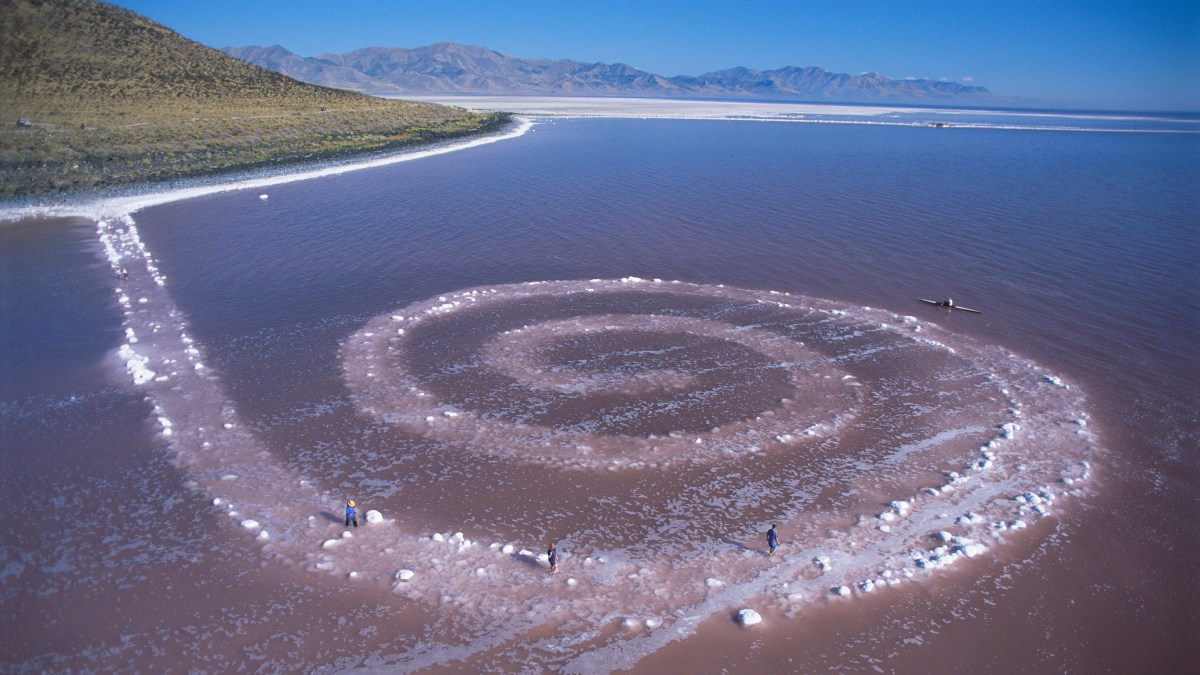
Spiral Jetty
Utah
Robert Smithson’s colossal work of Land Art is a 15-foot wide path that reaches outward, then coils into itself, 1,500 feet long in Great Salt Lake. Constructed over three weeks in 1970, the path was built with more than 6,000 tons of black basalt rock. The work was designed for entropy (“I like landscapes that suggest prehistory,” Smithson once wrote), and for three decades it was submerged underwater—but in 2002, regional droughts allowed it to resurface. Spiral Jetty has been considered a major art monument ever since its completion.
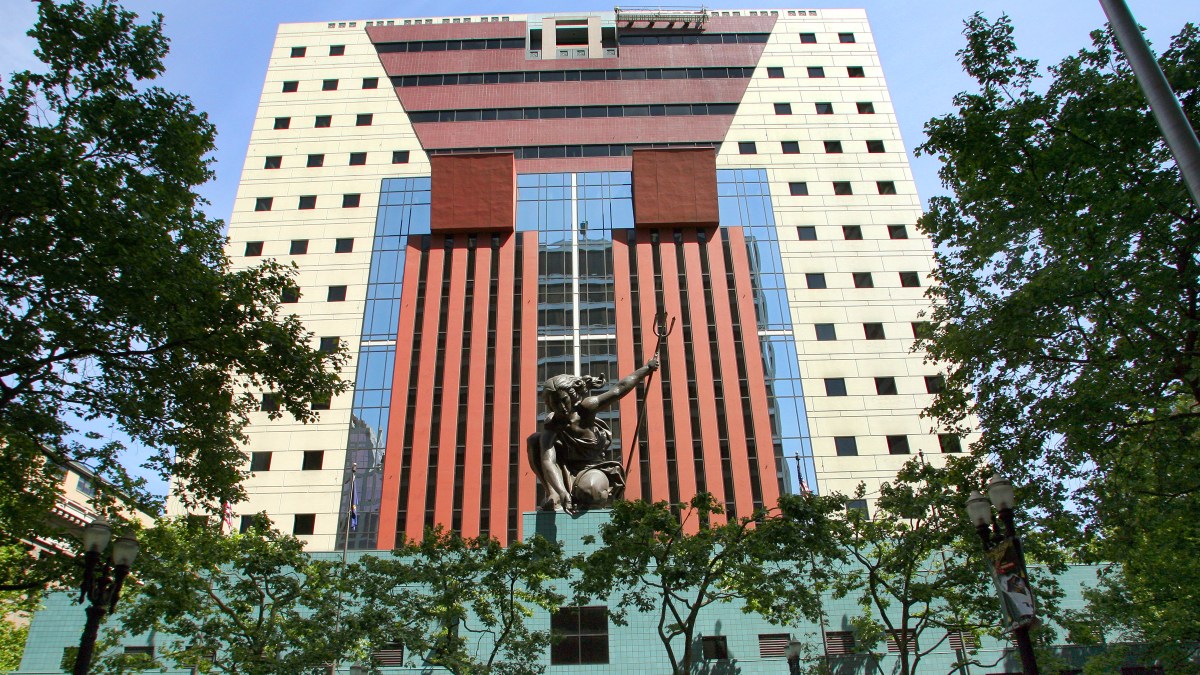
Portland Building
Portland, OR
Considered one of the first major examples of postmodern American architecture, Michael Graves completed the municipal building in 1982 on a low budget. His mission was to create an office building outside of the ordinary, and he succeeded—the façade’s use of color and geometry was unlike any other. Unfortunately, the construction was not expert and the building now faces $95 million in renovations—a price some Portland city commissioners say they are not willing to pay. Though it is on the National Register of Historic Places, without the needed funding the building’s visiting hours may be numbered.
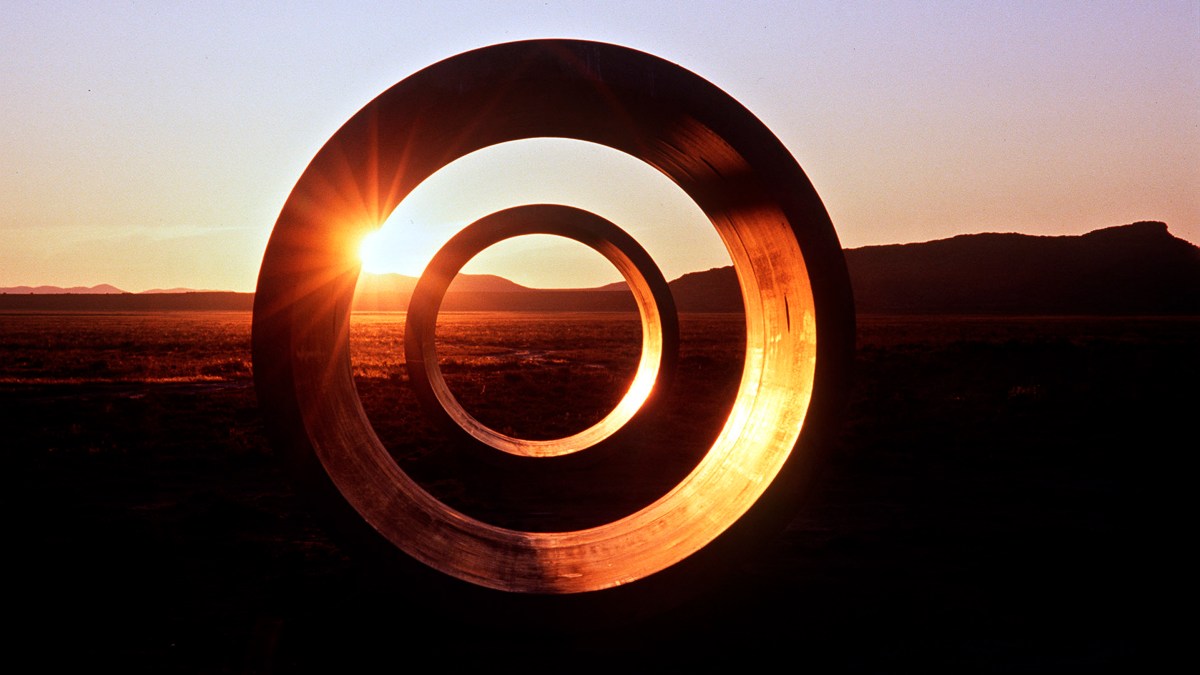
Sun Tunnels
Wendover, UT
Nancy Holt’s work of Land Art in the Utah desert consists of four enormous tunnels laid opposite each other in an “X” formation. Each tunnel is 18 feet long and nine feet in diameter, pierced with holes of irregular size arranged according to certain constellations: Capricorn, Columba, Draco and Perseus. These holes shed pinpricks of light on the otherwise dark interiors of the tubes, shifting along with the daylight. The tunnels are perfectly aligned to watch the rising and setting sun as well as the summer and winter solstices. Though their location is remote, Holt said she considered them to be “more accessible…than art in museums.”
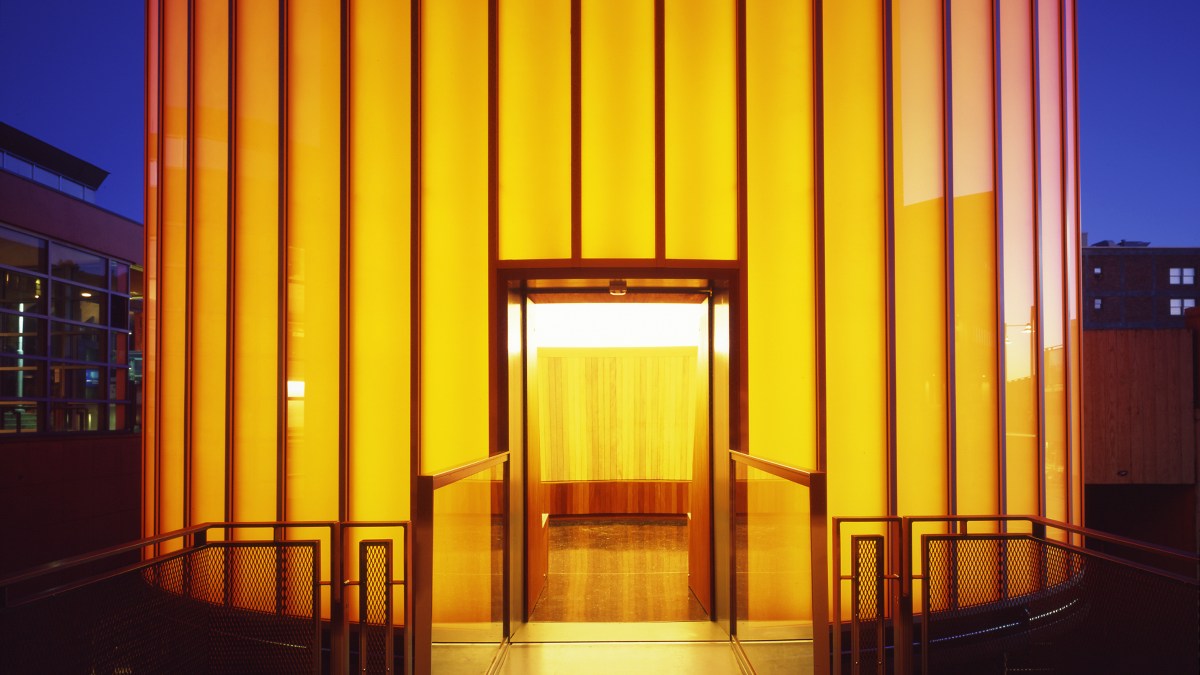
Henry Art Gallery
Seattle, WA
A noted contemporary art museum in its own right, the Henry has one special draw in a side structure off the main museum: James Turrell’s permanent installation, Light Reign, part of his Skyspace series. Housed in a small ovoid building, the exhibit consists of a single room with wood paneling and an egg-shaped open skylight surrounded by LEDs that illuminate the room in atmospheric colors. The exterior panels of the building are washed in varying hues, giving visitors a unique experience both outside the pavilion and inside, where benches allow for contemplation and meditation.
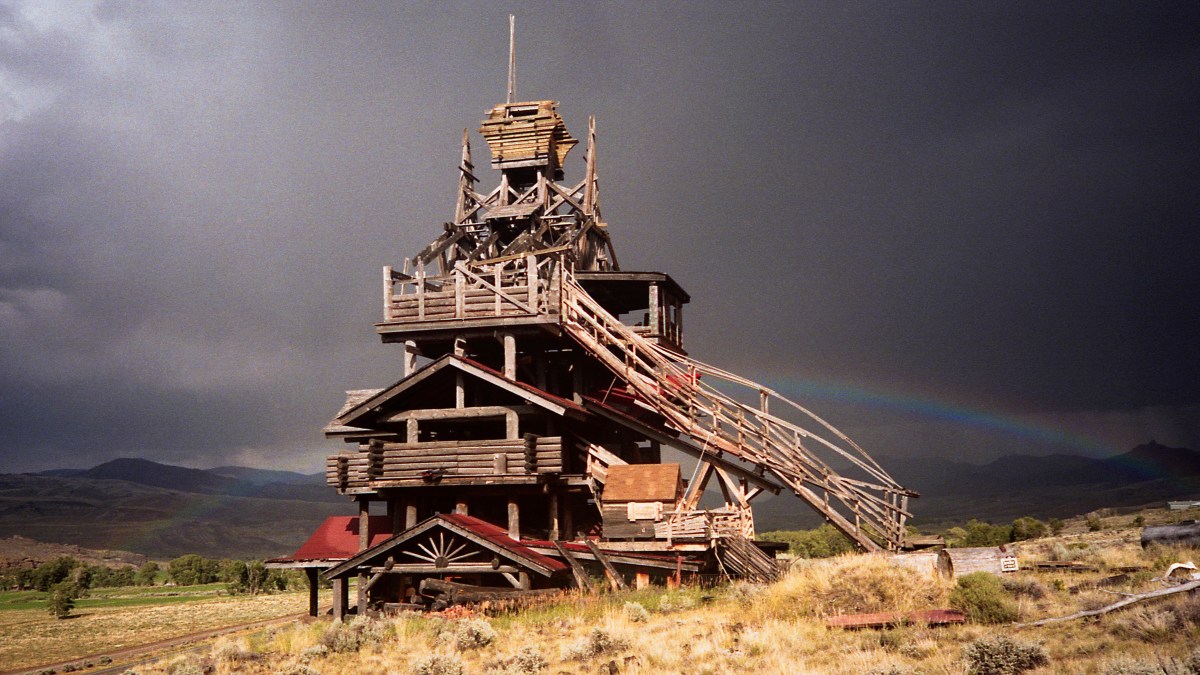
Smith Mansion
Wapiti Valley, WY
Engineer Lee Smith worked for 21 years on his family’s home, a five-story mansion that has the air of a log cabin castle for fairies—or a haunted house. This work of folk architecture, with its rustic wood and odd outlines, captures the attention of those who drive past on Wyoming’s Buffalo Bill Cody Scenic Byway. Inside, the building is even stranger: there are no dedicated bedrooms and only one extension cord for electricity. There’s a dining room with a table made from a tree stump, a “hot room” (it houses the wood stove), a “cold room” (built partly underground), and a sort of doghouse where Smith’s children sometimes slept. Only when she grew up did his daughter realize that her father had never created a blueprint for the house—he simply improvised as he went, augmenting and embellishing his masterpiece. Smith died in 1992 after falling from the roof, and his family is now trying to raise funds to restore the house and convert it into a museum. (Correction: The original version of this story misstated the number of years Mr. Smith worked on his mansion. It was 21.)
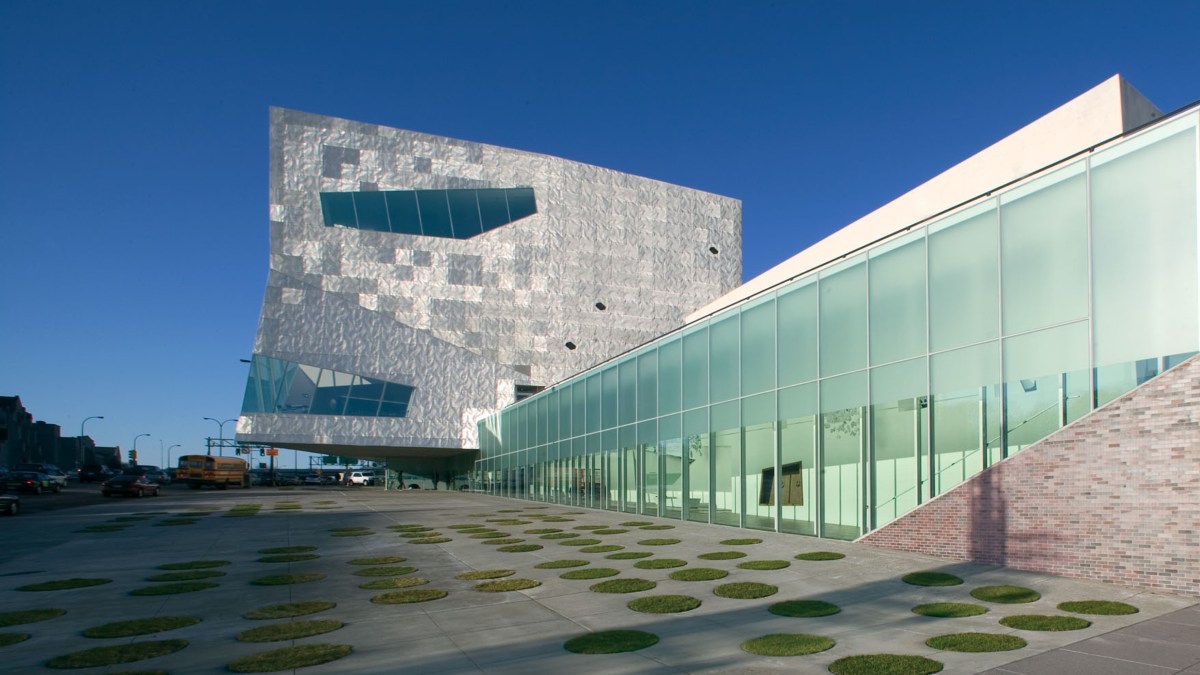
Walker Art Center
Minneapolis, MN
The 2005 Herzog and de Meuron expansion of the Walker Art Center brought fresh life to the thriving museum. The original building was the work of architect Edward Larrabee Barnes, a brick box emblematic of the modern sensibility at the time it was built (1971) while the new section is an asymmetrical tower that is tilted, cantilevered and swathed in aluminum tiles. The permanent collection includes paintings by Jasper Johns, small sculptures by Katharina Fritsch, and Sharon Lockhart’s Pine Flat series of photos and video. It is also home to a sculpture garden with works by artists like Claes Oldenburg. In summer, visitors can play on an artist-designed mini golf course filled with modern art oddities.
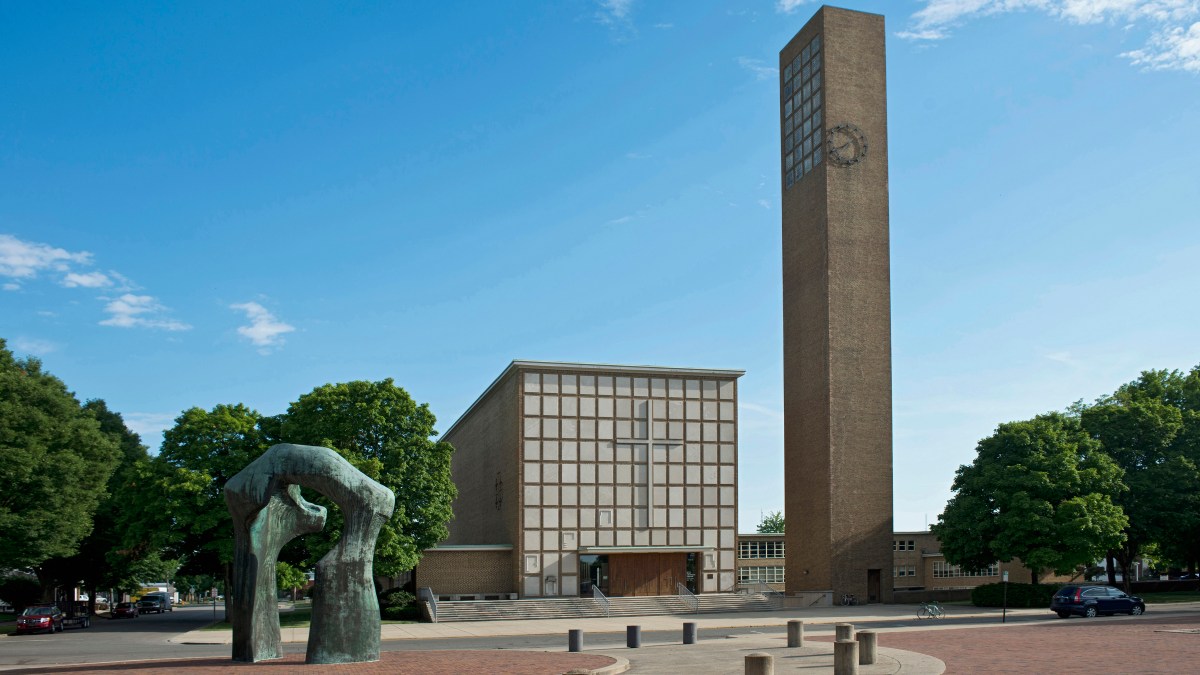
Public Works
Columbus, IN
Indiana’s Columbus is a small city (population: 44,000) with a big architectural importance. Eero Saarinen was the architect behind Irwin Union Bank, the Miller House and Garden and North Christian Church; his father, Eliel Saarinen, designed First Christian church (pictured). I.M. Pei designed a library and Robert Venturi designed a fire station. Henry Moore sculpted Large Arch, above, and a wall hanging by Robert Indiana sits in City Hall. For this glut of stimulating and noteworthy art and design, the city has earned itself the nickname “Athens of the Prairie.”
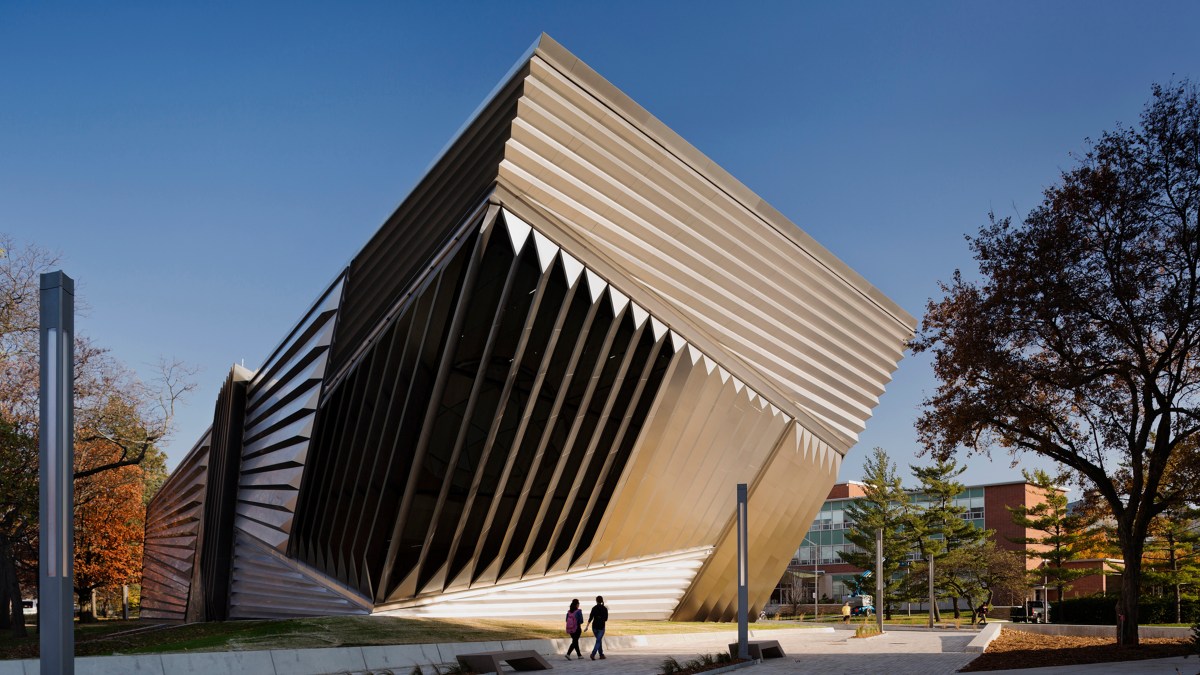
Eli & Edythe Broad Art Museum
East Lansing, MI
Baghdad-born Londoner Zaha Hadid (the architect behind the forthcoming 2022 World Cup stadium in Qatar) won a 2008 competition to design Michigan State University’s new art museum, financed in large part by Eli Broad who said at the time that her innovative design would “get people talking and wanting to visit.” The building’s lines slash in opposite directions, forming what the architect calls “pleats…creating great curiosity yet never fully revealing its content.” Its internal staircases, ceiling lights and walls continue the angular pattern, maintaining a fully integrated aesthetic that is neither simplistic nor overwrought.

Felicity
Felicity, CA
A small town in southern California (population: 2) holds the singular, if contested, distinction of being named “the center of the world” (founder Jacques-André Istel got some bureaucratic help from the county to earn that title in 1985). Istel is the mayor of the town, and has been since he and the town’s other citizen (his wife) held a unanimous vote some three decades ago. He presides over a campus of architectural monuments meant to endure for ages: a stone and glass pyramid that marks the official center; a church modeled on a chapel in Istel’s native France; and most importantly, the Museum of History in Granite, a series of triangular prisms laid out in an elaborate configuration. Engraved on these stones is the entire story of humanity, covering such topics as the Underground Railroad, hamburgers, the Sept. 11 attacks, Sesame Street and the atomic bomb. There are still many blank panels that Istel continues to populate.